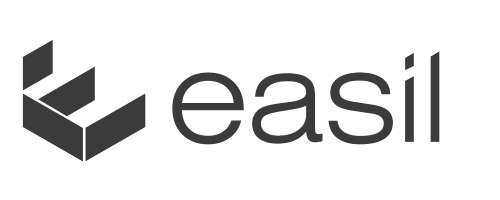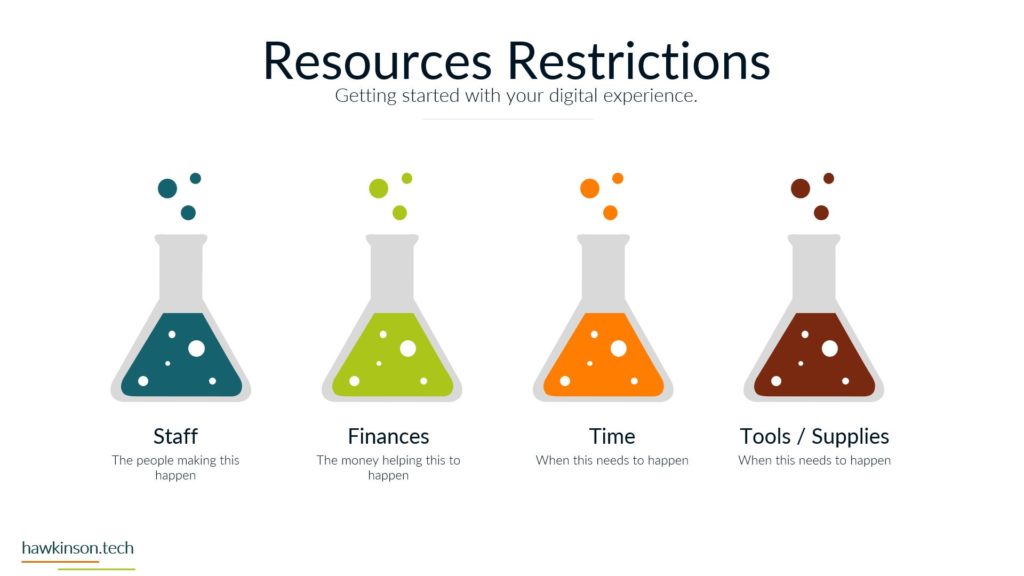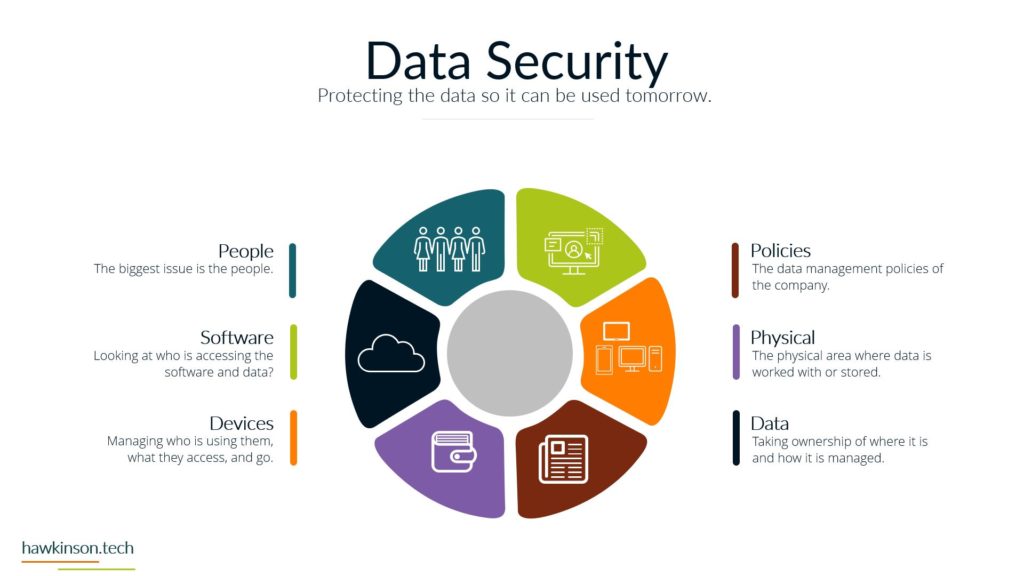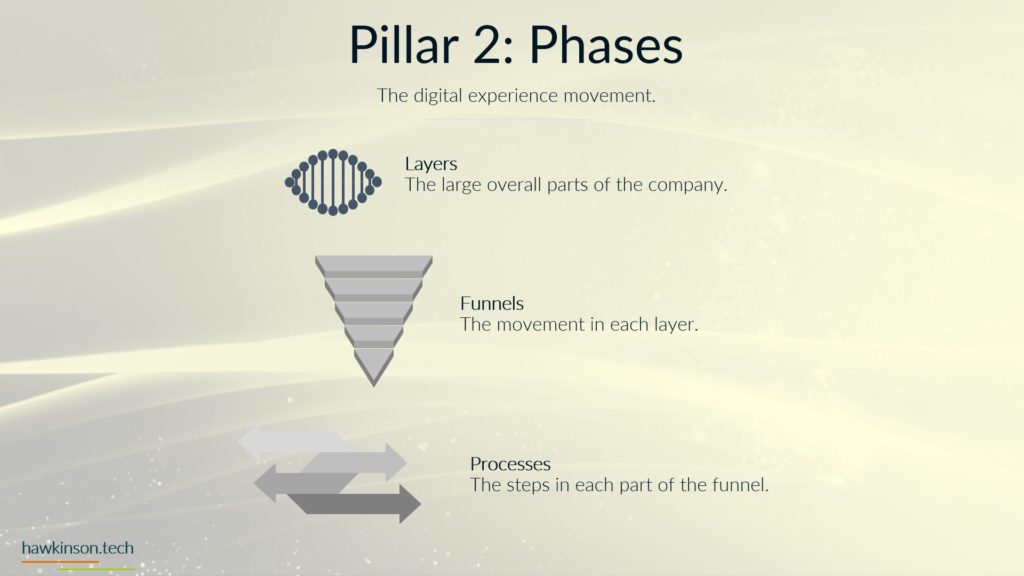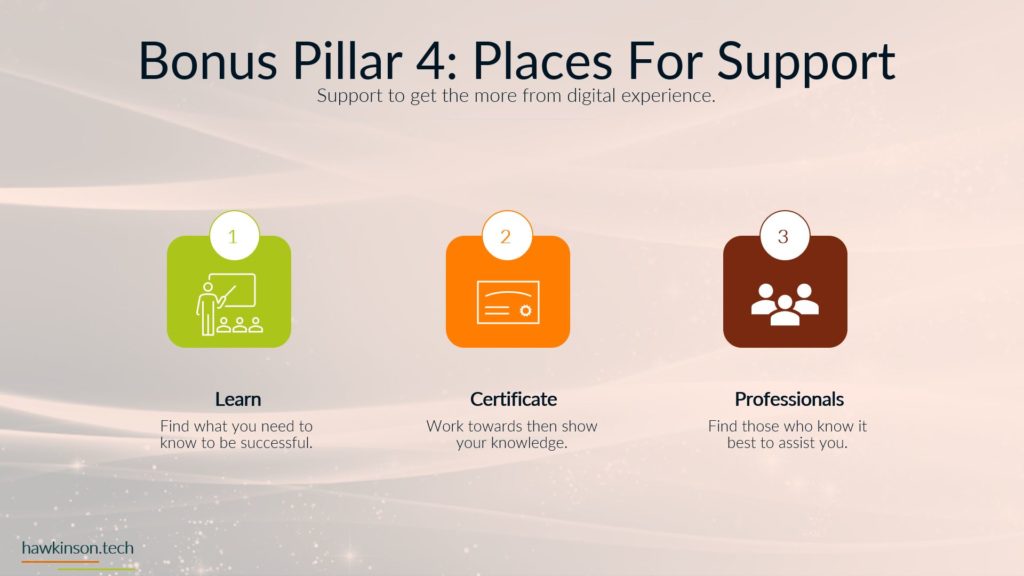Make a Meme is an online meme library allowing you to create or browse a vast collection of popular memes. This user-friendly platform provides many features that make meme creation and sharing easy and fun.
Its three core features include:
Key Features
- Meme Generator: Make a Meme provides an easy-to-use meme generator that allows you to create custom memes in seconds. You can choose from various popular meme formats, add your text and images, and share your creation with others.
- Meme Library: Make a Meme has a vast collection of popular memes you can browse through and customize to fit your needs. You can find it in the library whether you want to make a meme about a trending topic or a classic meme.
- Social Sharing: Make a Meme makes sharing your memes with friends and followers easy. With just a few clicks, you can share your creations on popular social media platforms like Facebook, Twitter, and Instagram.
Other features to keep in mind include the following:
- Customizable Templates: In addition to a library of popular memes, Make a Meme also offers customizable templates that you can use to create your memes. You can choose a template, add text and images, and create a unique meme.
- User-Friendly Interface: Make a Meme has a user-friendly interface that makes it easy to create memes. You don’t need technical skills to use the platform, and the interface is intuitive and easy to navigate.
- Unlimited Memes: With Make a Meme, there’s no limit to how many memes you can create. You can create as many memes as you want, and there are no restrictions on how you use them.
Free to Use: Make a Meme is entirely free to use. You don’t need to pay anything to create memes or access the platform’s features.












